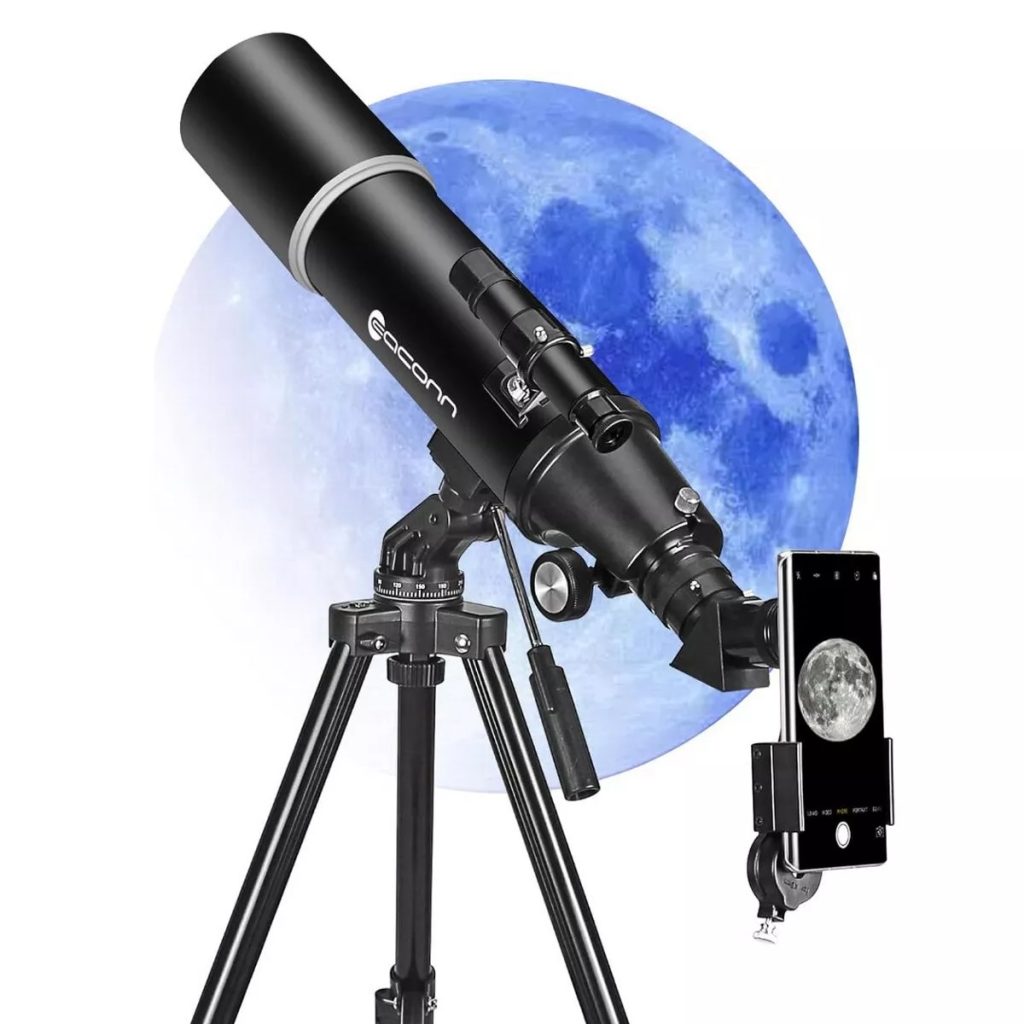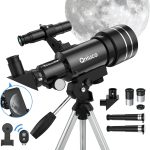Embarking on your journey into stargazing is an exciting adventure—but with so many telescope options on the market, choosing the right one can feel overwhelming. This beginner-friendly guide will help amateur astronomers understand what to look for in a telescope, how to match a model to your needs, and what features matter most.
Types of Telescopes
1. Refractor Telescopes
- Use lenses to bend light and form an image
- Great for viewing planets and the moon
- Low maintenance and easy to use
- Can be more expensive at larger sizes

2. Reflector Telescopes
- Use mirrors instead of lenses
- Ideal for deep-sky viewing (e.g., galaxies, nebulae)
- Often more affordable for large apertures
- Require occasional alignment (collimation)
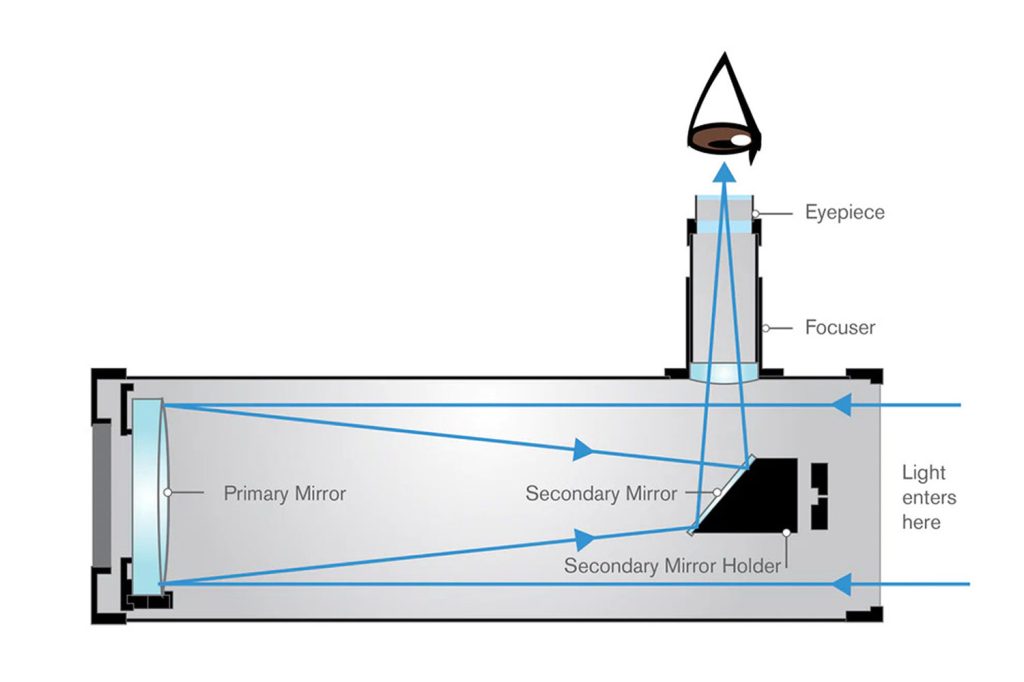
3. Compound (Catadioptric) Telescopes
- Combine lenses and mirrors
- Versatile for planetary and deep-sky observing
- Compact and portable
- Usually pricier than the others
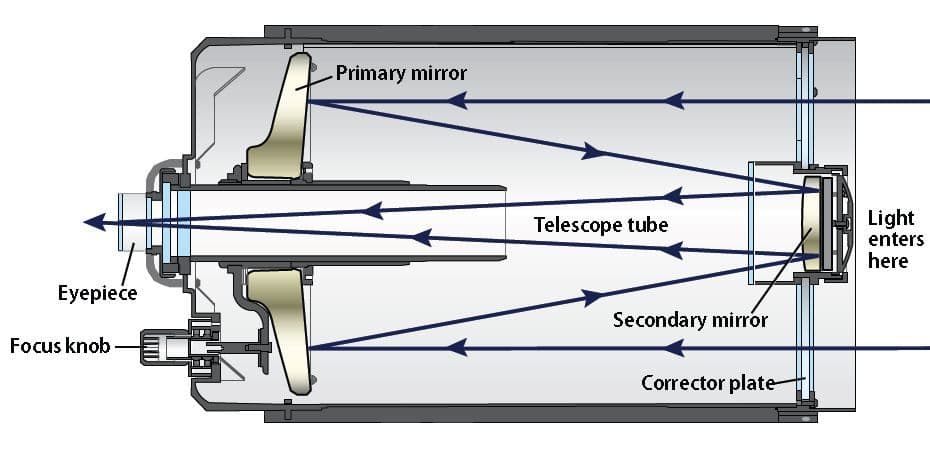
Key Features to Consider
Aperture
The diameter of the telescope’s main lens or mirror—larger apertures collect more light, making faint objects visible.
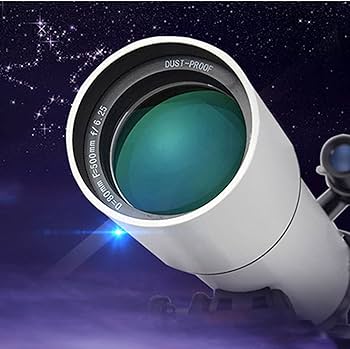

Focal Length
The distance light travels inside the telescope—longer focal lengths provide higher magnification, great for viewing details.

Mount Type
- Altazimuth: Simple up/down and left/right movement, easy for beginners
- Equatorial: Follows the rotation of the Earth, better for tracking celestial objects
- GoTo Mounts: Motorized and computer-controlled; automatically find objects in the sky

Portability
If you’ll be traveling to dark-sky locations, consider size and weight.
Ease of Use
Some telescopes are plug-and-play, while others have a steeper learning curve. Beginners usually benefit from simplicity.
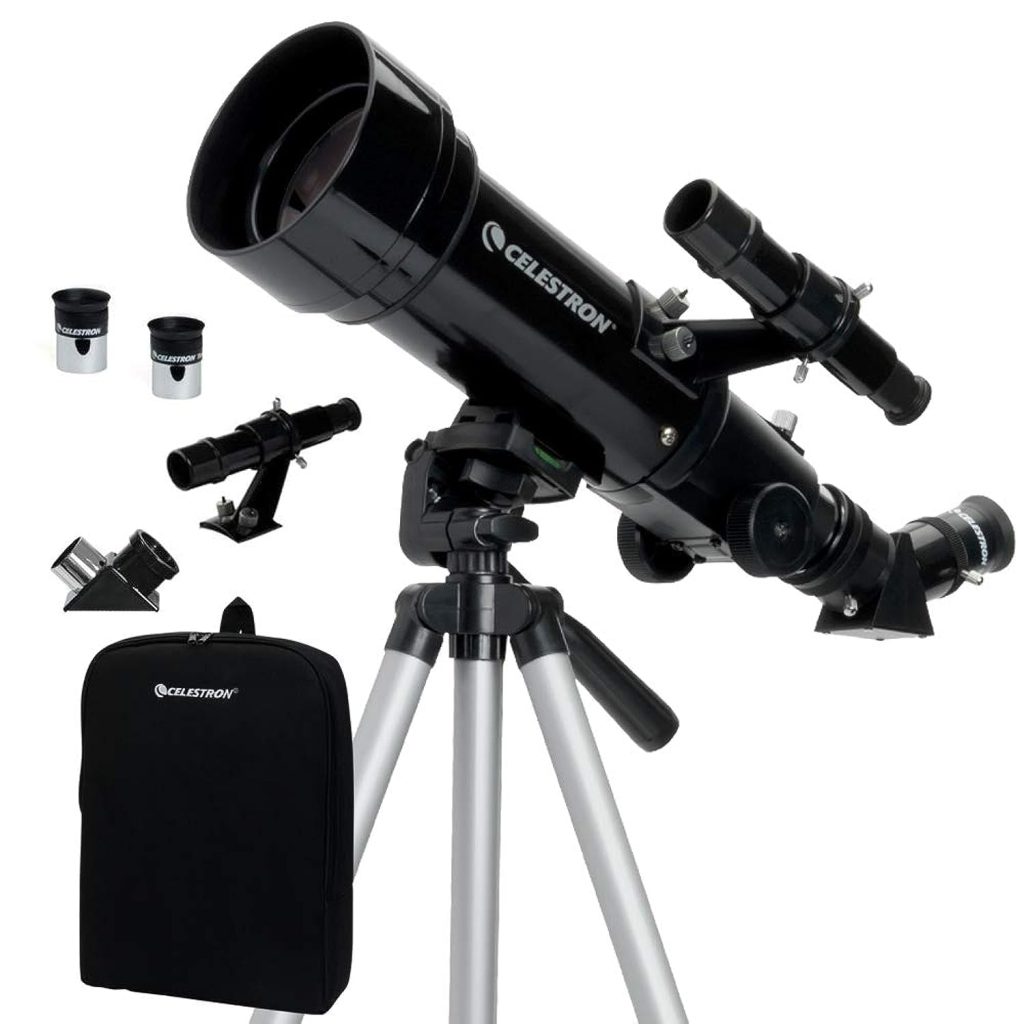
Tips for Choosing the Right Telescope
- Start with your goals: Are you interested in planets, deep-sky objects, or a bit of both?
- Don’t obsess over magnification: Clarity and detail come from aperture, not zoom.
- Set a realistic budget: Expect to spend $150–$500 for a good beginner scope.
- Try before you buy: Visit local astronomy clubs or observatories to test different models.
- Consider bundled kits: Some beginner telescopes come with tripods, eyepieces, and even star maps.
Conclusion
Choosing your first telescope doesn’t have to be complicated. Focus on what you want to see, prioritize aperture and stability, and pick a model that suits your level of interest and experience. With the right telescope, the universe is truly within reach.
